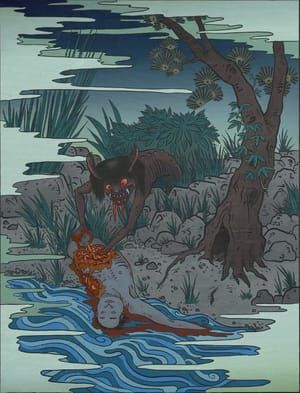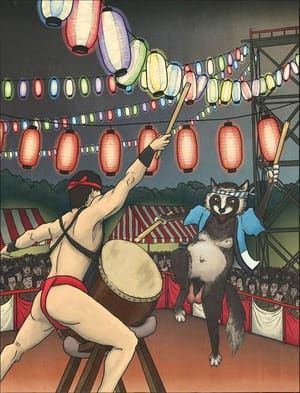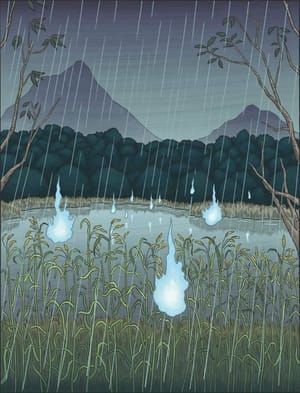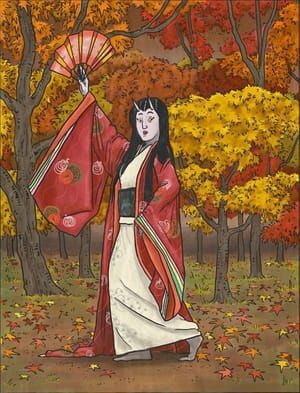
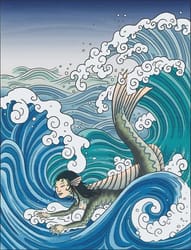
Ningyo, 2013
Matthew Meyer
人魚
Mermaids are known as ningyo in Japanese, but they are very different from the mermaids of Western tradition. Ningyo more closely resemble fish than humans, with a varying level of human-like features, ranging from just an ugly, deformed fish-like face, to an entire human torso with long, bony fingers and sharp claws. They can range in size from the size of a human child to the size of a large seal. Unlike the mermaids of the Atlantic and Mediterranean legends, ningyo from the Pacific and the Sea of Japan are hideous to behold, resembling more of an otherworldly nightmare than a seductive siren.
Mermaids resembling the breeds known throughout the West – with an attractive human torso and a piscine lower body – are not unheard of in the Japanese islands. Particularly since the end of the Edo period and the opening of Japan to the West, more and more Western-style Atlantic mermaids have been seen in Japanese waters. However, the most common Japanese mermaid is more beast than beauty.
Ningyo sightings go back to the earliest written histories of Japan. The first recorded mermaid sightings in Japan are found in the Nihon Shoki, one of the oldest books of classical Japanese history, dating back to 619 CE. The flesh of a ningyo is believed to grant eternal life and youth to those who eat it, and thus it is the subject of many folk tales. However, it carries with it a danger that most people are not willing to risk. Ningyo can place a powerful curse on humans who try to wound or capture them, and some legends tell of entire towns that were swallowed by earthquakes or tidal waves after a foolish fisherman brought home a ningyo in one of his catches. While their grotesque appearance and supernatural powers make them an intriguing subject, they are best avoided at all costs.
Matthew Meyer
artistArthur
Wait what?

